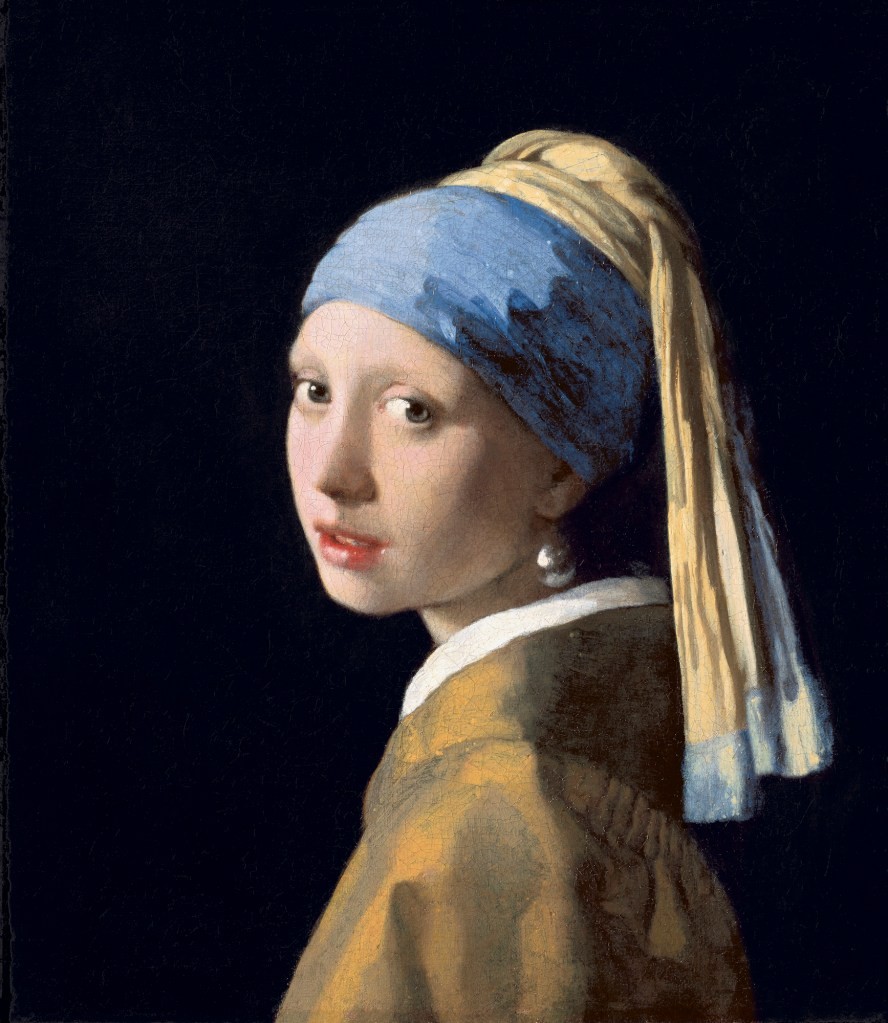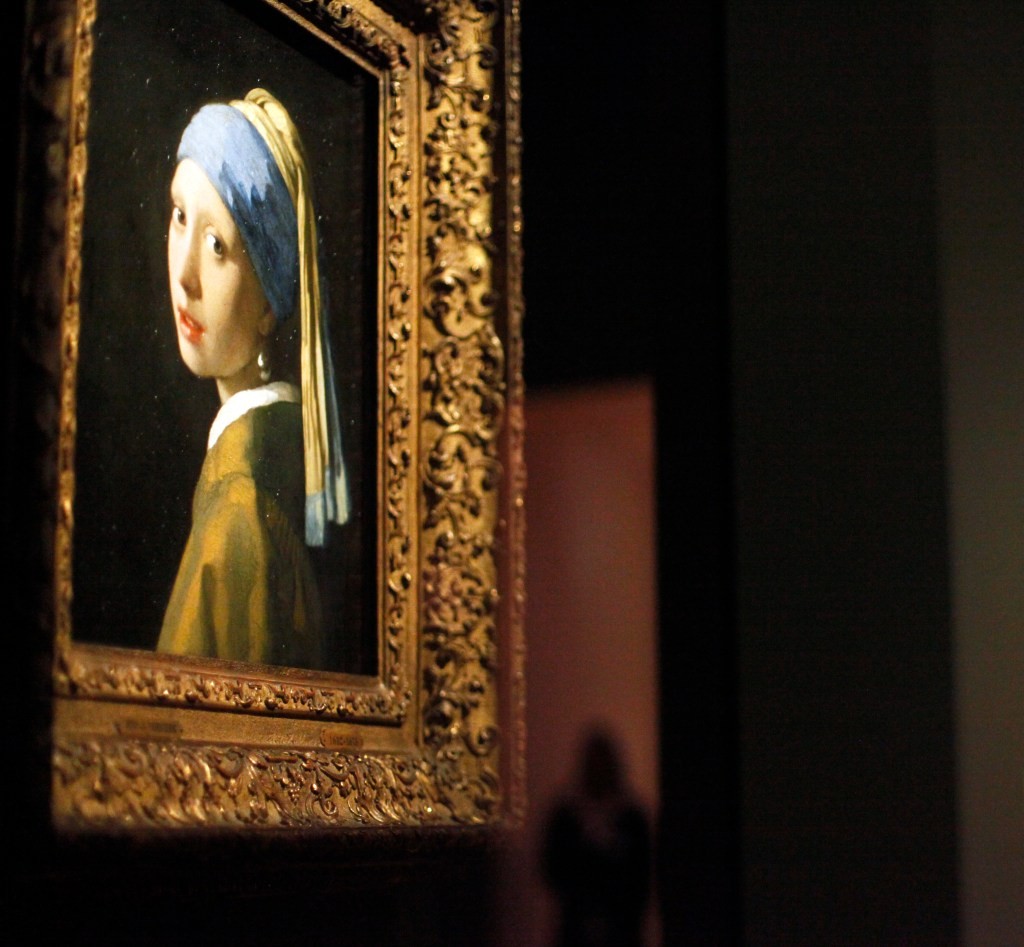360-Year-Old Mystery Solved? Could Vermeer's Pearl-Earring Be Magdalena, the Remonstrants’ Daughter, Embracing Mary Magdalene?
Art historian Andrew Graham-Dixon claims to have solved one of art history's oldest puzzles: who sits in Vermeer’s Girl With a Pearl Earring. In a recent article for The Times of London, published ahead of his new book Vermeer: A Life Lost and Found, he argues the sitter is Magdalena, the ten-year-old daughter of Vermeer's Delft patrons. The painting, created around 1665, is linked to Pieter Claeszoon van Ruijven and Maria de Knuijt, a couple who belonged to Delft's Remonstrant circle, a radical Protestant sect. Graham-Dixon suggests Magdalena’s image — with the exotic turban and the iconic pearl — reflects the Remonstrants' religious framing rather than a simple portrait, and that the work may encode a family story rather than a timeless likeness.

In This Article:
The Patrons, the Remonstrants, and the Painting’s Frame
Graham-Dixon points out that Vermeer appears to have worked largely for Pieter Claeszoon van Ruijven and Maria de Knuijt, Delft patrons who were part of a radical Christian sect called the Remonstrants. The Remonstrants held Mary Magdalene and other biblical figures as models for daily life, and the painting’s imagery — including the sitter’s distinctive turban and pearl — may be rooted in that symbolism. Moreover, Vermeer himself grew up within the Remonstrant milieu and reportedly attended Collegiant gatherings, a more radical branch of the movement. This context, Graham-Dixon argues, helps explain why the painting feels so steeped in religious imagery.

The Magdalena Theory in Detail
According to Graham-Dixon, Magdalena would have been about 12 by autumn 1667, and as a Collegiant, she would have solemnized her commitment to Christ at that age. He contends that every Vermeer painting drew inspiration from the religious beliefs cherished by Maria de Knuijt and her close circle, including Vermeer himself. If correct, the portrait would be more than a sitter’s likeness: it would be a coded reflection of the patron’s faith and a family narrative encrypted in pigment.

Skeptics and Alternative Readings
Not everyone buys the Magdalena theory. Ruth Millington, author of Muse: Uncovering the Hidden Figures Behind Art History’s Masterpieces, argues that the oil painting isn’t necessarily a direct portrait. “The allure of this painting is the mystery of the muse,” she told the Daily Mail. “It’s not meant to be a sitter who can be easily identified, but rather a tronnie—a picture of an imaginary figure. Too often, people read paintings as purely biographical when there’s more complexity to them.” The BBC has noted that Vermeer was famous for withholding meaning from his art, inviting multiple interpretations rather than a single, definitive reading.

A Debate That Outlives Its Subject
Even contemporary voices weigh in. Tracy Chevalier, author of Girl With a Pearl Earring, has said the painting’s power lies in its unresolved image: “You can’t ever answer what she’s thinking or how she’s feeling. If it were resolved, then you’d move onto the next painting.” The Times’ book launch and the accompanying images keep the conversation alive. The simple fact remains: after 360 years, Vermeer’s Pearl Earring continues to spark questions about faith, identity, and the art of interpretation.

